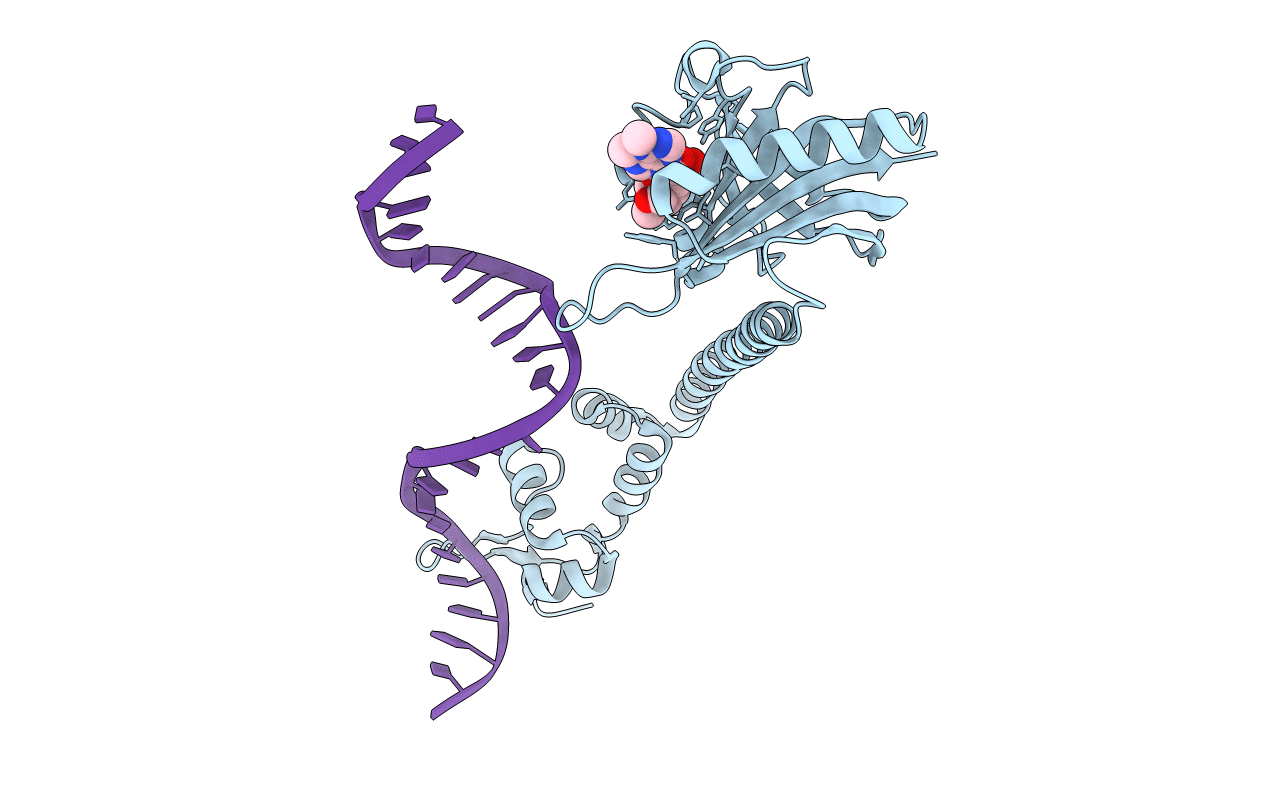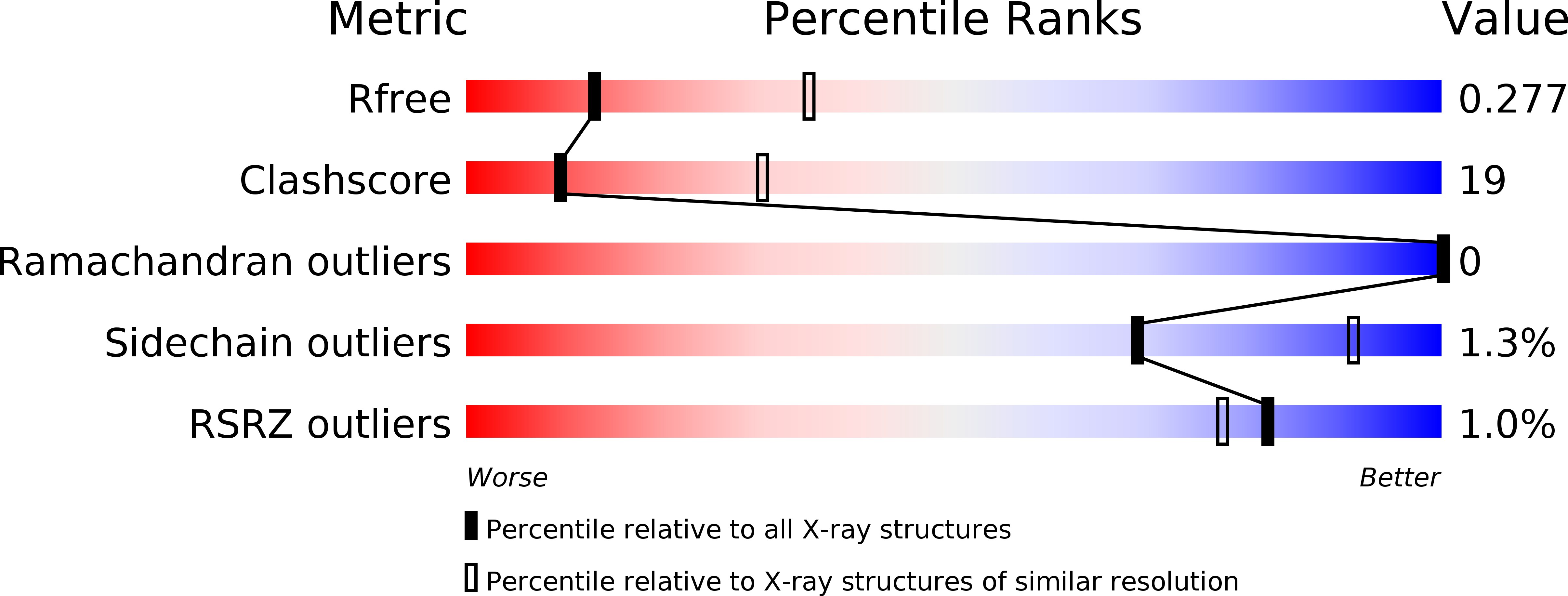
Deposition Date
2010-12-21
Release Date
2011-06-15
Last Version Date
2024-03-13
Entry Detail
PDB ID:
3Q3D
Keywords:
Title:
Crystal structure of BmrR bound to puromycin
Biological Source:
Source Organism:
Bacillus subtilis (Taxon ID: 1423)
Host Organism:
Method Details:
Experimental Method:
Resolution:
2.79 Å
R-Value Free:
0.26
R-Value Work:
0.21
R-Value Observed:
0.22
Space Group:
P 43 2 2


